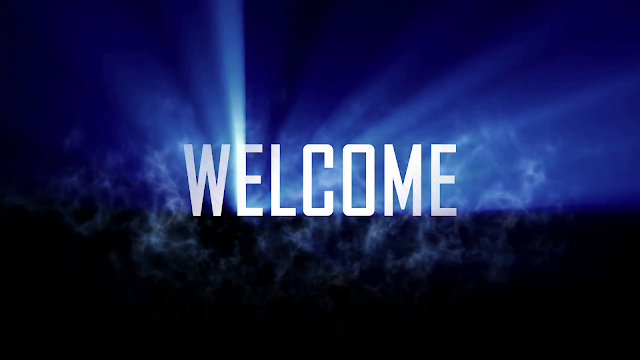I have studied different camera shots and angles by researching and reading Daniel Chandler's website The Grammar of Television and Film.
 |
| XCU- I used an extreme close up to show the detail in a certain part of a subject, in this case the XCU is on my eyes. |
some examples of angles:
 |
| Bird's Eye - this shot shows a subjects actions or reaction/ something they are focusing on. In this case this shows I am looking through important files. |
 |
| Worm's Eye - This shot shows a subjects actions or reaction/ or important details, e.g. facial expressions. This photo shows the subject focusing on the floor a serious face. |
In groups we tried doing some shots but adding movement. we created our continuity editing by following the information on Daniel Chandler' website and decided to use the movement shots to create our opening sequence as a montage. we were inspired by the hit Television shows Friends and The Office and thought we could use up beat music to make it under the genre of comedy. we listed all the different movements we used throughout the montage.
PRODUCTION PRACTICE: TITLE SEQUENCE "A WHOLE WORLD IN A TABLE TOP"
I made a practice film opening, which is below. Underneath the video is an account of the research and planning that went into this exercise.
We viewed the title sequence of Delicatessen (1991, Jean-Pierre Jeunet) and we focused on how the tracking shots created, tells a story and represents a theme. Throughout the title sequence the camera cuts to different shots, zoomed in on food products and recipe's. This was effective, as it showed to the viewer that the story is continuously about food. furthermore, they added the credits onto product labels and old recipe sheets to make the audience understand who created he film and the production team behind it. however, the camera also add into the shot various body parts, which illustrates to the audience that the film is about murder and mystery.
Delicatessen, 1991, the film opening
|
After viewing the title sequences, We then used it as inspiration to create an original title sequence. we did so in groups and by setting up the mise-en-scène. this was created by using props from our props collection and selecting a set soundtrack for the sequence. we decided to set the soundtrack to be Nostalgia by Emily Barker (the Wallander theme tune).
Once we chose the music and chose the props, we started to begin the filming table top. we decided to use props like cash, matches, playing cards, alcohol bottles, etc. We wanted the props to tell the story of a criminal who was a heavy drinker, smoker and gambler. In our first attempt of filming, we had a bottle placed inside a jacket to indicate him being an alcoholic. However, we wanted the props to relate to each other from start to finish, so we moved the empty gin bottle and placed it by the jacket and put a plastic gun inside the jacket. We also placed two Joker cards at the start and end of the tracking shot, to represent how his foolish decisions caused him to be in jail.
We continued our filming by adding a live action section to help the viewers visualise the reason behind the story. we decided to instead of putting it at the end of the sequence, we would put it at the start. This is because we wanted to show the end of the story so that the viewers can depict their own ideas on why he was imprisoned from the title sequence.
After editing these clips together, alongside the music, we stated the editing of the credits, title, and other sound. we added a the sound of a gabble to the beginning of the action clip which we put at the beginning, to signify the person getting a sentence to jail. in the credits we included our own production company, the directors, the actor, the producers, and director of photography. The credits were in the same text and in bold so that the names would be easier for the viewer to read and understand.
We continued to edit our opening title sequence and adjusted the placement of the music (when it should start and finish) and where the gabble would be best places in the live action section. we decided that the transition from the live action to the tracking shot, and the tracking shot to the end was to quick. So, we added a 1 second dark screen to make the transition become more smooth and slower. This also helped to set the music into the tracking shot. We decided to call our table top piece, 'the fugitive' because we wanted to spark questions about the reason for the title.










Excellent. Over the period of a month, you have undertaken a variety of preparatory exercises, including learning about shot types, filming and editing a continuity piece, and devising an original practice film opening with titles and sound. Well done.
ReplyDelete